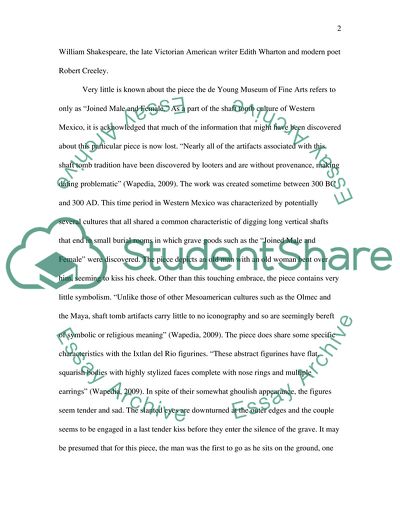Cite this document
(Myths And Truth About Love Relationships Term Paper - 1, n.d.)
Myths And Truth About Love Relationships Term Paper - 1. Retrieved from https://studentshare.org/philosophy/1746721-love
Myths And Truth About Love Relationships Term Paper - 1. Retrieved from https://studentshare.org/philosophy/1746721-love
(Myths And Truth About Love Relationships Term Paper - 1)
Myths And Truth About Love Relationships Term Paper - 1. https://studentshare.org/philosophy/1746721-love.
Myths And Truth About Love Relationships Term Paper - 1. https://studentshare.org/philosophy/1746721-love.
“Myths And Truth About Love Relationships Term Paper - 1”, n.d. https://studentshare.org/philosophy/1746721-love.


